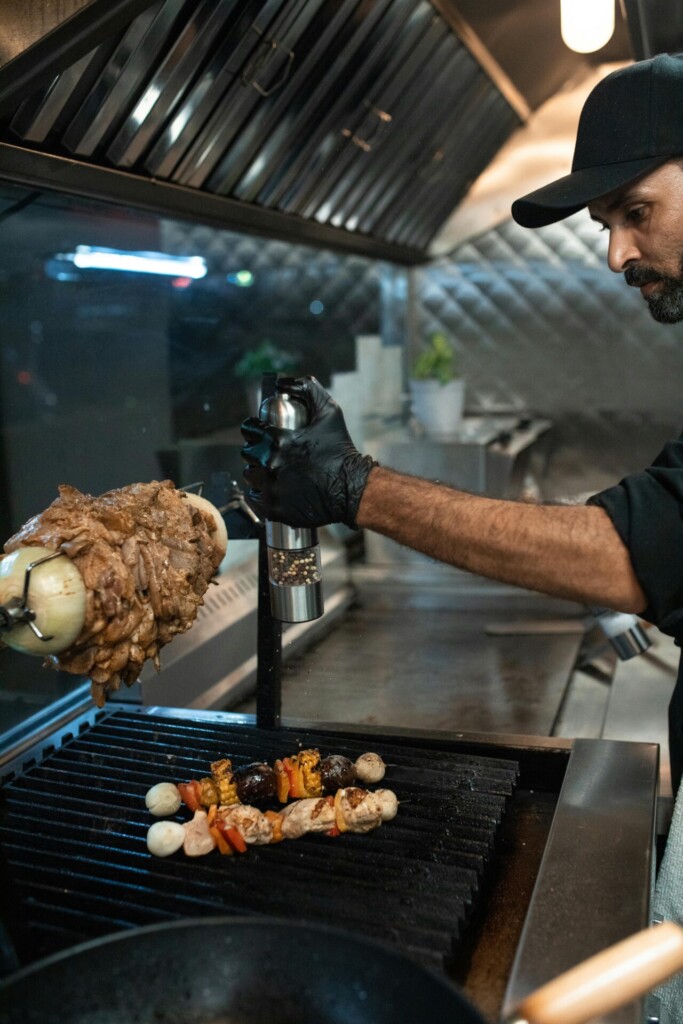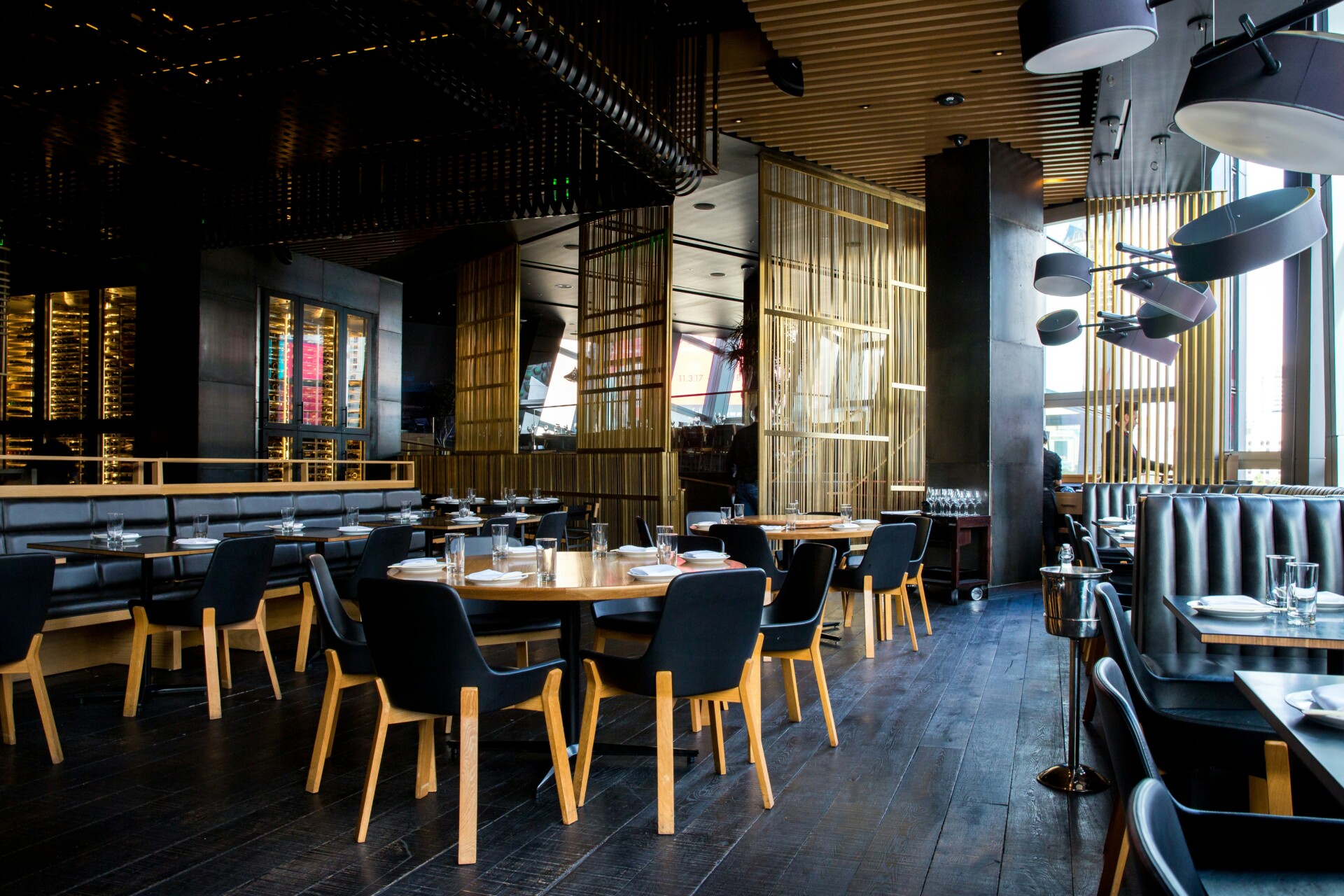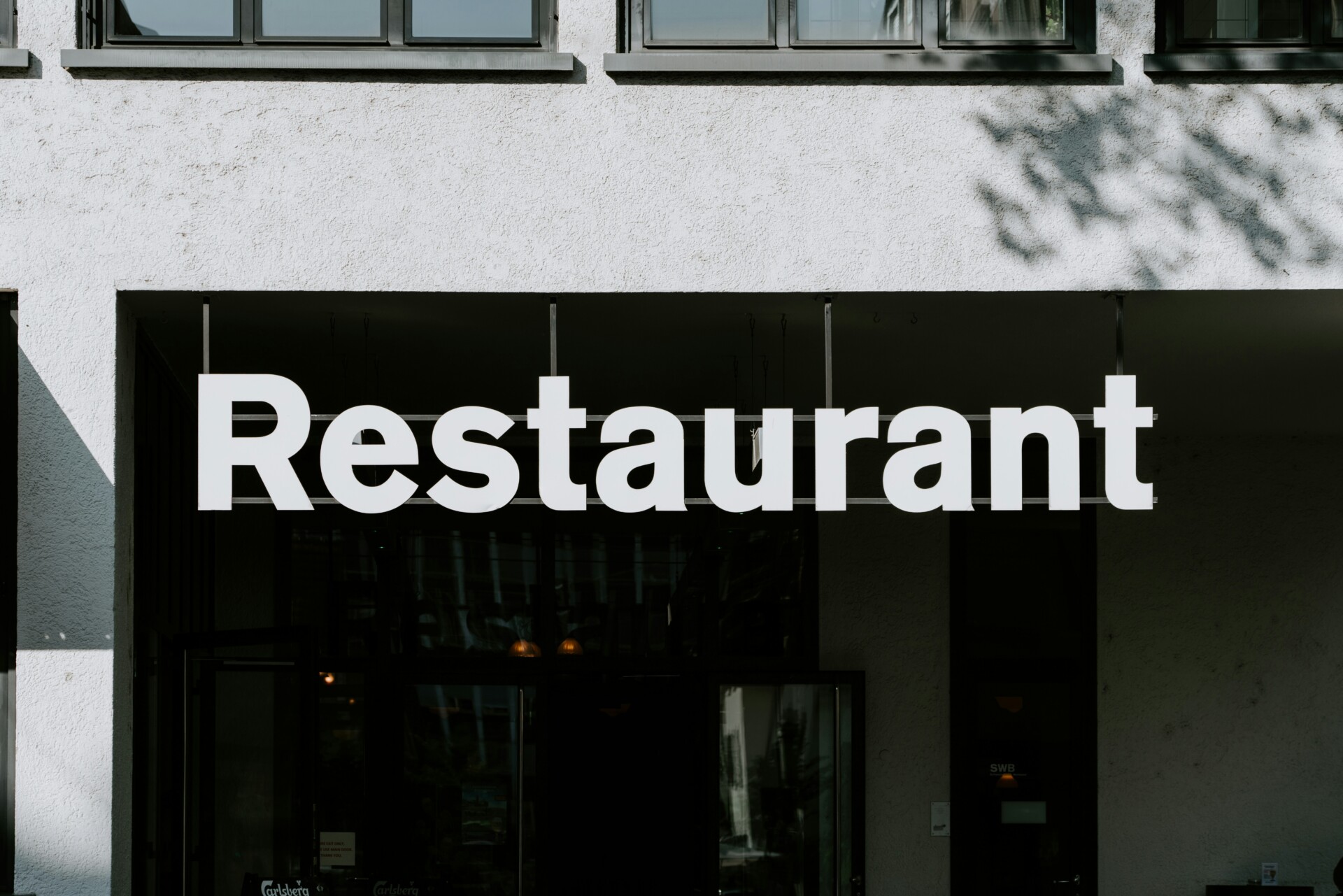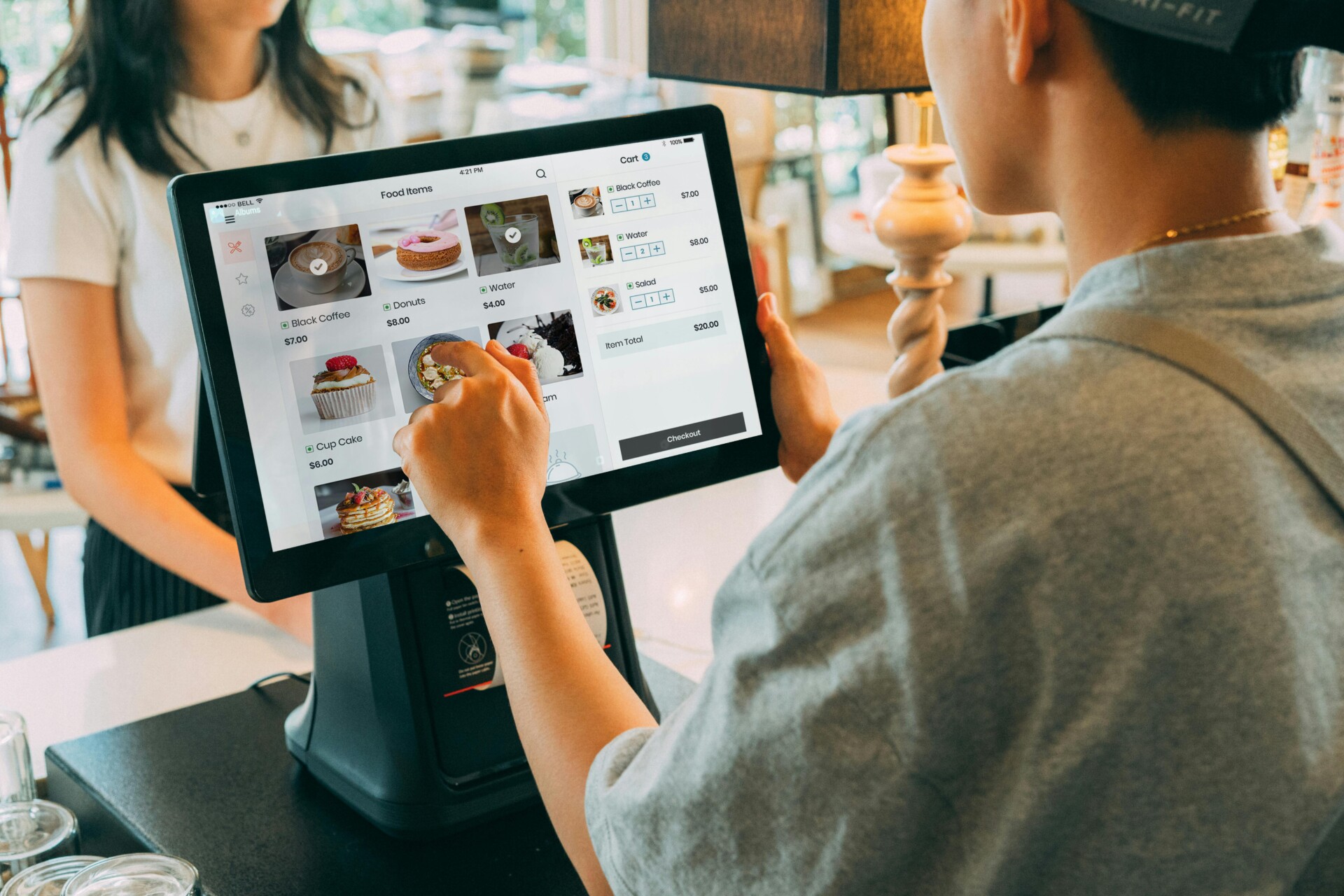Grease traps play a critical role in protecting both your business infrastructure and the environment. These essential devices, also known as grease interceptors, are specifically designed to capture fats, oils, and grease (FOG) before they can cause damage to your plumbing system. For food service establishments like restaurants and commercial kitchens, installing a properly sized grease trap isn’t just advisable—it’s often a regulatory requirement.
Grease traps effectively safeguard sewer lines and septic tanks from potentially costly clogs and blockages. By intercepting FOG at the source, they prevent buildup that can lead to backups, overflows, and damage to municipal wastewater infrastructure. This proactive approach not only protects your business from plumbing emergencies but also helps maintain compliance with local environmental regulations.
Many restaurant owners are surprised to learn that grease trap installation is mandated by local health departments and city ordinances in most areas. These requirements exist to ensure food service operations do not negatively impact public sewer systems or the broader environment. When we work with clients on new restaurant builds or renovations, addressing these code compliance issues is a key part of the process. At EB3 Construction, we believe proper grease trap sizing and installation help avoid potential fines or operational shutdowns due to non-compliance.
What Types of Grease Traps Are Available for Installation?

In commercial kitchens, effective grease management hinges on choosing the right type of grease trap. There are three primary types available, each with its own advantages, tailored to different kitchen environments and needs.
Under-Sink Passive Hydro-Mechanical Traps
These compact units are typically installed directly beneath sinks in smaller restaurants and food service establishments. Resembling a large box, under-sink traps use gravity and water flow to separate grease from wastewater. Their design is relatively simple, featuring baffles and chambers that allow FOG (fats, oils, and grease) to float to the top while cleaner water flows out. Although these traps require more frequent cleaning, they’re cost-effective for operations with limited space and lower grease output.
In-Ground Gravity Traps
For larger commercial kitchens with high-volume needs, in-ground gravity traps offer substantial capacity. These systems are installed outside the building, usually underground, and can handle significantly higher flow rates than under-sink models. Imagine a large tank divided into chambers, where wastewater enters and slows down, allowing grease to separate and rise to the surface. In-ground traps are ideal for full-service restaurants, cafeterias, and other high-output kitchens, but they require more complex installation and maintenance procedures.
Automatic Grease Recovery Units (AGRUs)
AGRUs represent the most technologically advanced option for grease management. These units employ automated skimming systems and heating elements to continuously separate and remove grease. Picture a sleek, stainless steel appliance with a control panel and a separate grease collection container. AGRUs can be programmed to skim grease at set intervals, reducing the need for manual cleaning and enhancing efficiency. Although they have a higher upfront cost, AGRUs can result in long-term savings on maintenance and disposal fees for busy kitchens.
When selecting a grease trap, factors such as kitchen size, menu type, local regulations, and maintenance capabilities should be considered. Each type of trap plays a crucial role in FOG management, helping protect plumbing systems and ensuring compliance with environmental standards. By understanding the options available, restaurant owners and facility managers can make informed decisions to maintain smooth and efficient operations.
How Much Does Grease Trap Installation Cost?
Grease trap installation costs can vary significantly based on several key factors. Smaller traps designed to handle 1-100 gallons of fats, oils, and grease (FOG) daily typically cost between $250 and $1,500 for the unit itself. For larger commercial systems capable of managing 750-1,500 gallons, expect to invest $4,000-$4,800 in equipment alone.
Of course, the trap is just one part of the equation. Installation adds another expense, generally ranging from $500 for simpler setups to $2,000 or more for complex configurations requiring extensive plumbing work. As general contractors, we consider all aspects of the job, including necessary permits and inspections, which can add a few hundred dollars to the final cost.
It’s crucial to consider ongoing maintenance as part of your overall investment. Regular cleaning services typically cost $100-$300 for smaller traps, while larger systems may require professional pumping at $500-$1,000 per service. We always advise our clients to budget for these recurring expenses to ensure their grease management system operates efficiently over time.
Most commercial kitchens can expect total installation costs to fall between $1,000 and $5,000, depending on the size and complexity of the system required. While this may seem like a significant outlay, it’s important to view it as a necessary investment in your facility’s infrastructure and regulatory compliance.
| Grease Trap Size (FOG Capacity) | Cost Range of Unit |
|---|---|
| 1-100 gallons per day | $250 – $1,500 |
| 750-1,500 gallons per day | $4,000 – $4,800 |
When planning your budget, we recommend setting aside funds not just for the initial installation, but also for ongoing maintenance and potential upgrades as your business grows. A well-maintained grease trap isn’t just a regulatory requirement – it’s an integral part of keeping your kitchen running smoothly and avoiding costly plumbing emergencies down the line.
What Are the Steps to Install a Grease Trap?
When installing a grease trap, we follow a systematic process to ensure it functions properly and complies with local regulations. The first critical step is determining the appropriate grease trap size based on the wastewater flow from your kitchen operations. This calculation is essential for effective grease capture and helps prevent system overload.
Once the right size is identified, obtaining all necessary permits is next. This step is crucial because installation without proper authorization can result in hefty fines and potential business disruptions. We then select the optimal installation location, typically as close to the source of fats, oils, and grease (FOG) as possible to maximize efficiency.
For under-sink models, which are common in smaller establishments, we carefully connect the inlet pipe from the sink and the outlet pipe leading to the sewer line. These connections must adhere strictly to local building codes to ensure proper functionality and pass inspections. In contrast, larger in-ground traps require more extensive work, including excavation and potentially rerouting existing plumbing lines.
After completing the physical installation, we conduct thorough testing of the system. This involves running water through the grease trap and observing the flow to verify proper operation. We look for any signs of leaks, backups, or improper separation of grease from wastewater. This testing phase is critical for catching any issues before the system goes into regular use.
While some aspects of grease trap installation may seem straightforward, we strongly recommend professional installation, especially for larger systems or in establishments with complex plumbing setups. Incorrect installation can lead to severe consequences, including code violations, environmental hazards, and costly repairs. Our team’s expertise ensures that your grease trap not only meets but exceeds local standards, providing peace of mind and long-term reliability for your business.
| Step | Consideration |
| Determine Appropriate Size | Consider wastewater flow and FOG production |
| Obtain Permits | Necessary to avoid fines and disruptions |
| Select Optimal Location | Close to source of FOG for efficiency |
| Connect Inlet and Outlet Pipes | Ensure adherence to local building codes |
| Conduct Testing | Verify proper operation before regular use |
What Maintenance is Required After Grease Trap Installation?

After installing a grease trap, we follow a rigorous maintenance schedule to ensure optimal performance and regulatory compliance. For small traps, we typically conduct weekly cleanings or service them when they reach 50% capacity. Larger interceptor systems require quarterly maintenance at a minimum, with cleaning performed when grease accumulation reaches 25% of the total liquid capacity.
Our maintenance process includes several key steps:
- Removing accumulated fats, oils, and grease (FOG)
- Thoroughly inspecting the system for any leaks or damage
- Keeping detailed cleaning and inspection records
- Coordinating professional pumping services for large interceptors
For smaller traps, we often train kitchen staff to handle routine maintenance tasks like skimming and basic cleaning between professional servicing. However, we emphasize that larger systems always require licensed professionals to pump and maintain them properly.
We cannot overstate the importance of consistent grease trap maintenance. Neglecting this crucial task can lead to a host of issues, including:
- Foul odors permeating the kitchen
- Slow drains and sewage backups
- Health code violations and potential fines
- Expensive emergency repairs or replacements
To avoid these problems, we work closely with our clients to develop customized maintenance schedules based on their specific grease production levels and trap sizes. We also provide training on best practices for minimizing FOG entering the system, such as proper food scraping and dry-wiping of cookware before washing.
By prioritizing regular grease trap maintenance, food service establishments can ensure smooth operations, maintain health code compliance, and help protect municipal sewer systems from FOG-related damage. The small investment in routine upkeep pays dividends by preventing costly disruptions and repairs in the future.
Conclusion: Ensuring Successful Grease Trap Installation
Proper grease trap installation is essential for any food service establishment to maintain code compliance and protect plumbing infrastructure. By selecting the appropriate type and size of trap, obtaining necessary permits, following proper installation procedures, and implementing regular maintenance, businesses can avoid costly repairs and regulatory penalties. While installation represents an initial investment, a properly functioning grease trap ultimately saves money by preventing plumbing emergencies and extending the lifespan of your drainage system.
The benefits of proper grease trap installation and maintenance go beyond just regulatory compliance. Effective management of fats, oils, and grease (FOG) protects the environment by preventing these substances from entering municipal sewer systems and waterways. It also helps commercial kitchens operate more efficiently by reducing the risk of clogs and backups that can disrupt business.
Ultimately, grease trap installation is a critical component of any food service establishment’s infrastructure. To ensure your business meets all relevant requirements and maximizes the benefits of your grease trap system, consult qualified professionals who can assess your specific needs and provide expert installation and maintenance services. With the right approach, your grease trap will serve as a valuable asset in protecting both your business and the environment for years to come.
For expert guidance on grease trap installation tailored to your establishment’s needs, contact EB3 Construction today. Our team of specialists can help you navigate regulations, select the optimal system, and implement best practices for long-term grease management success.




